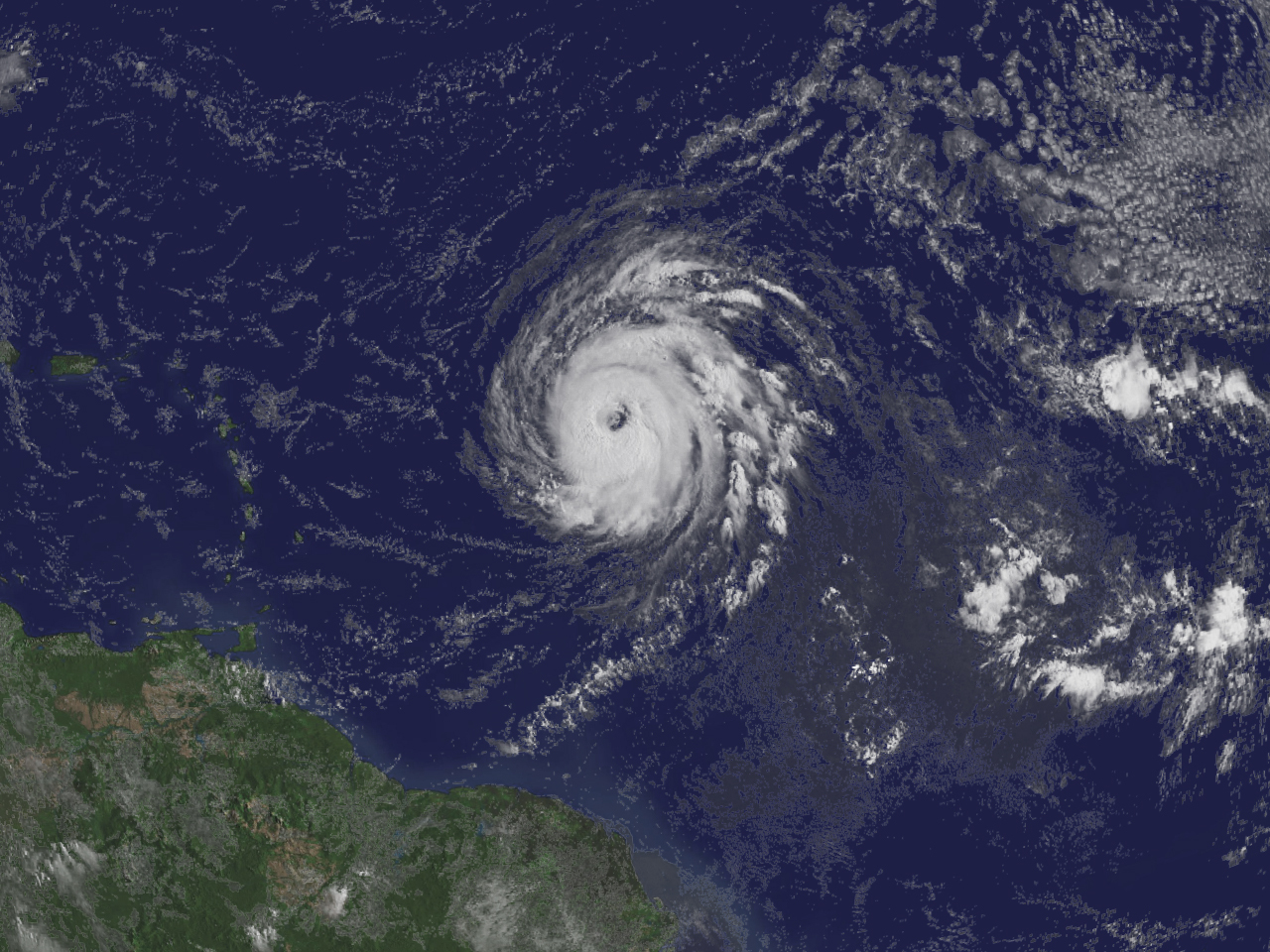June Tierney and Kellie Burke never envisioned island living in the Vermont woods, but Tropical Storm Irene had other ideas.
Their home, a two-story, natural-sided saltbox, was a rural idyll on a wooded 10-acre lot off a dirt road, with a stairway leading from their backyard down a steep bank to Gilead Brook, a small stream.
When Irene blew through Vermont on Aug. 28, the brook became a raging torrent. After the storm, the main part of it had moved around to the other side of the house, leaving a smaller stream still flowing along its old bed.
Now Tierney, a 47-year-old lawyer who works for the state board that regulates utilities, and Burke, 48-year-old high school librarian, have to cross a ford – a new, narrow road that dips into the old stream and has no guardrails – to get home, and face an uncertain future. They wonder if they should cut their losses and move.
Their biggest worry is whether the next time the river runs wild, it will take the house with it.
“If we stay we’re facing a huge expense to try to secure the property,” Tierney said. And there’s no long-term guarantee it will succeed. She quoted one stream-flow expert the couple consulted: “That river really wants your land.”
The months since the storm have been a whirl of talks with their homeowners’ and flood insurance companies, getting the ford built across the old stream bed, pricing what a real bridge would cost ($164,000), applying for assistance from the Federal Emergency Management Agency and accepting with gratitude an outpouring of help from neighbors and friends.
“People have been so helpful. It’s been an inspiration,” Burke said.
For a time, Tierney and Burke worried that their status as a lesbian couple married under Vermont law might cause a snag in getting assistance from a federal government that doesn’t recognize such marriages. So far, they’ve had no problems.
When the brook swirled around the house, it undermined a barn, which had to be demolished. It turned what had been their wooded property into a wasteland of felled trees, root balls, boulders and silt. And it left a line of debris that came to within a few feet of the front porch.
The homeowners’ insurance paid $20,000 on the barn. Flood insurance wasn’t available because there was no damage to the house, Tierney said. They got the maximum emergency grant from FEMA – $30,200, half of which paid the cost of the ford – essentially a low-lying causeway across the old stream with culverts carrying water underneath – and to study the feasibility of building a new bridge.
Now the question is whether the couple will be eligible for grant money under a federally backed program that pays property owners living in the most flood-prone areas to abandon their homes and move.
They’ve been relying on their professional skills to work their way through the crisis.
Burke, the librarian, researched the program, while Tierney put her legal skills to researching the arcane federal regulations governing eligibility for the grants. Officials initially told her and Burke that they would get no help because their home was not harmed.
Tierney wrote in a long email to state and federal officials – she calls it her brief – that the category of eligible properties extends to one like hers that are at risk of future flooding because of how the storm changed the topography of the surrounding land.
Even if she and Burke lose in these arguments, she wants that to have been a just result, Tierney said. “When economic disaster follows natural disaster, we at least have to know it’s because of the shortcomings of the program, and not because it’s been misconstrued.”
Tierney and Burke say it’s very likely they’ll have to leave the home they’ve shared for 13 of their 25 years together, but don’t want to sell it, because that would just leave someone else facing the same risks.
“This is a potentially lethal setting,” Tierney said. “It’s not fit for human habitation.”
Burke called the need to move “very sad.” Since the flood, “it’s not been easy to live here, but it’s our home.”
Tierney noted that like the town of Bethel, Gilead Brook takes its name from the Bible, where it’s not a stream, but a mountain of testimony, of witness. Living in a home that now appears to have been built in the wrong place, she said, “We’ve literally been bearing witness to what it means to try to reconcile nature’s intentions with those of human beings.”
Was this article valuable?
Here are more articles you may enjoy.

 Bankruptcy Judge Shoots Down $10 Billion J&J Settlement
Bankruptcy Judge Shoots Down $10 Billion J&J Settlement  An Unusually Active Hurricane Season Is in Store for the Atlantic
An Unusually Active Hurricane Season Is in Store for the Atlantic  Oracle Warns Health Customers of Patient Data Breach
Oracle Warns Health Customers of Patient Data Breach  California’s Snowpack Data Likely Signals Another Fire-Prone Summer
California’s Snowpack Data Likely Signals Another Fire-Prone Summer 